Module 7 - Plant Health
One of the challenges that newbie food growers encounter is that you can’t control everything and sometimes things will go wrong. Other organisms will want to eat your crops, or you will discover that the crops you dearly wanted to grow don’t suit your location. To prepare you for this, Module 7 will teach you how to work towards providing healthy environments for growing plants and how to describe some common problems affecting the growth and production of food crops. We will discuss some of the environmental factors that can affect plant health, as well as some of the different plant pest, disease and weed problems commonly associated with food growing, as well as methods of control and management strategies for these problems, based on the approach of integrated pest management. This will set you up for success in your food-growing journey.
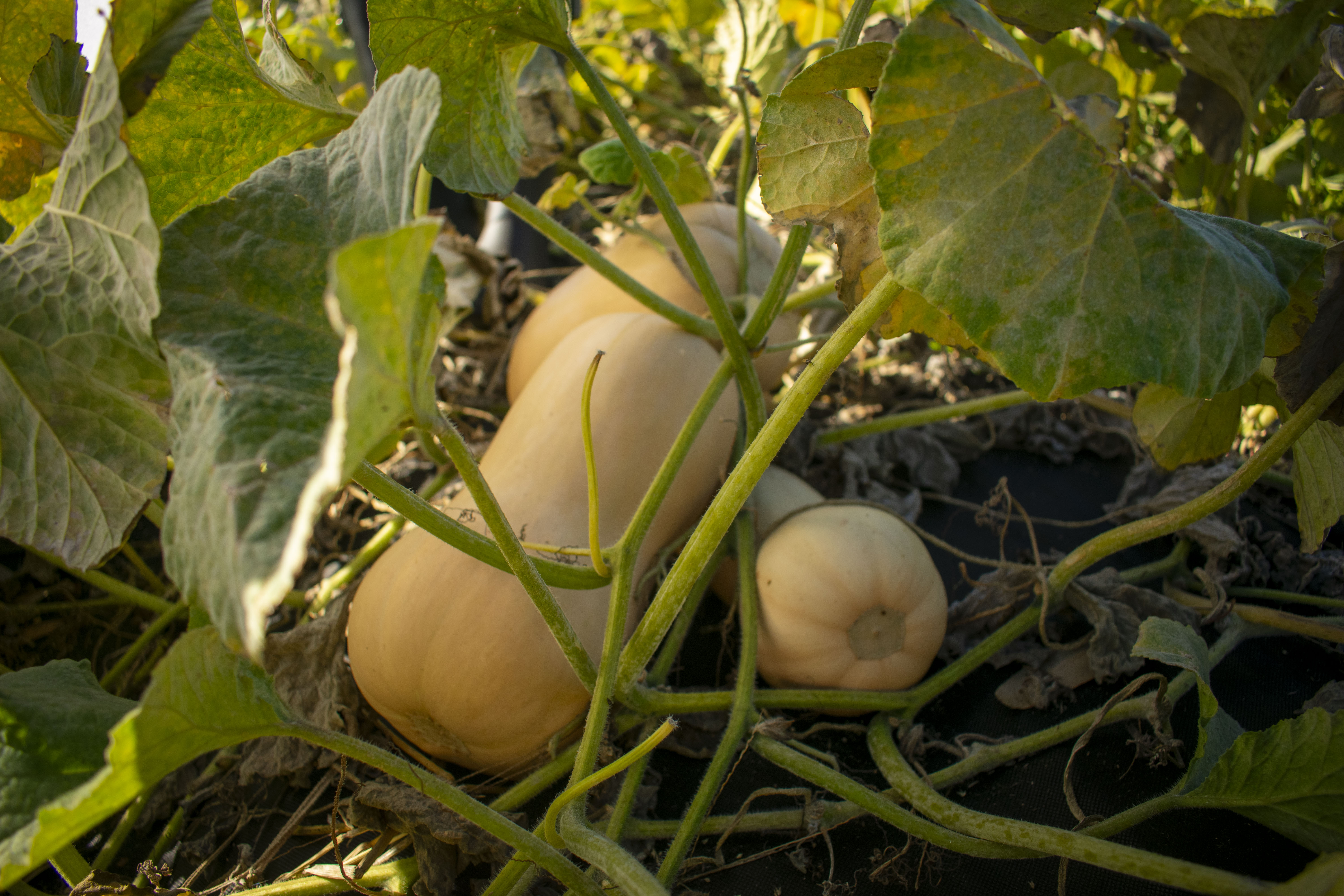
Lesson 1 - How to grow healthy plants
Plant health is an overarching term that covers all aspects of the condition of plants. A narrow definition tends to focus on the effects of pest and disease organisms on crops but in this module, we will take a broader approach that includes plant interactions with the environment in which they are growing. Plant health is important to us as food growers as unhealthy plants are not as productive as they can be, and the quality of their produce may be reduced.
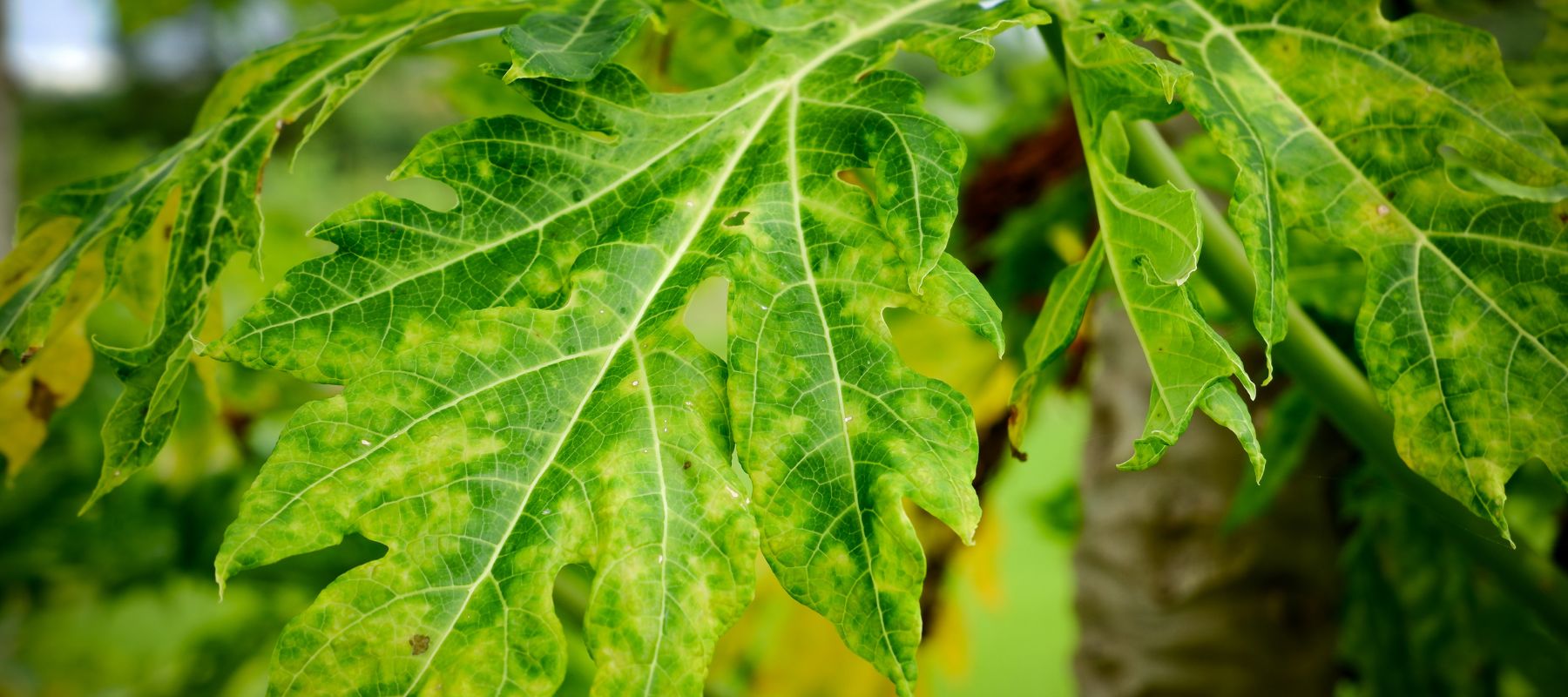
Lesson 2 - Abiotic factors and plant health
As discussed in the previous lesson, abiotic plant stresses are not caused by other organisms, but rather by environmental stresses to which the crop does not have tolerance. Some common abiotic stresses and their symptoms and effects are listed in the following table.
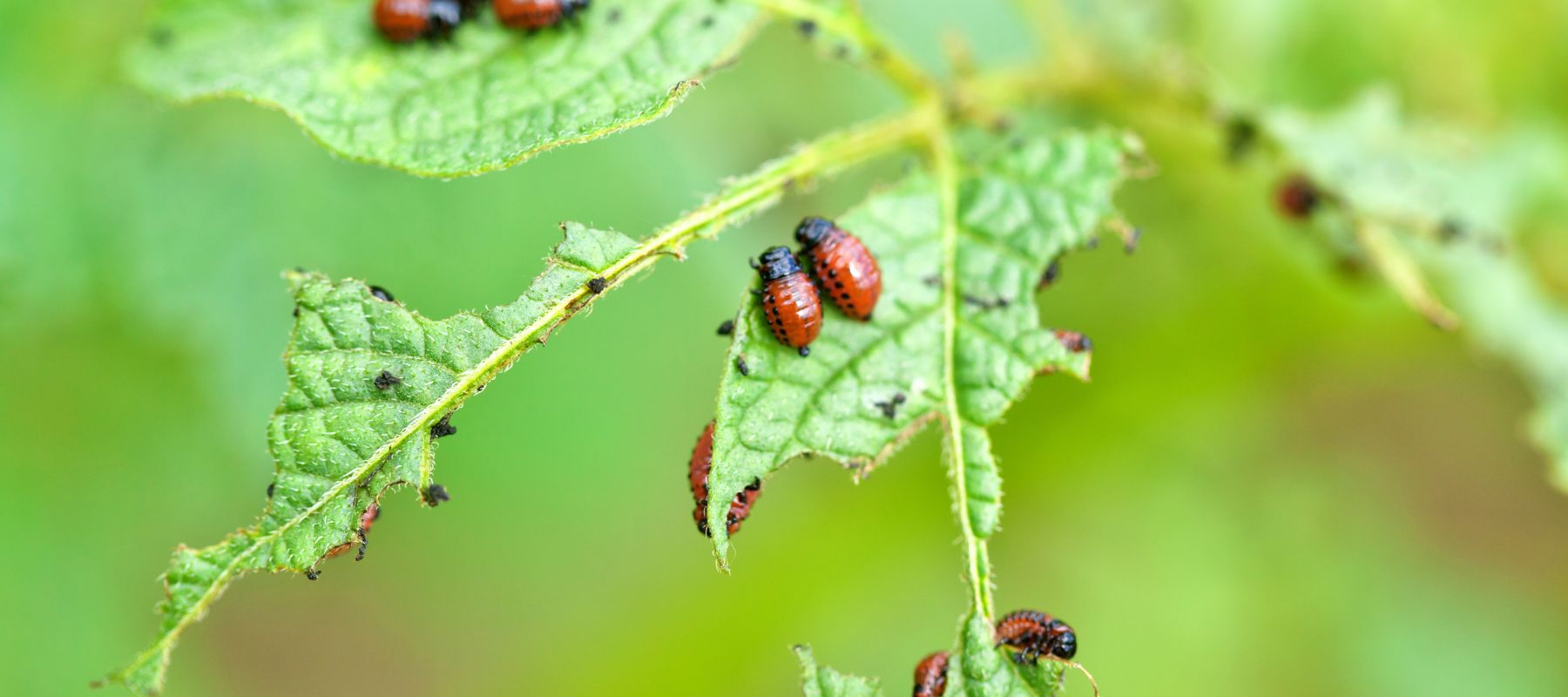
Lesson 3 - Plant pests
Pests are a part of growing food. You just need to be aware of who might turn up to munch on your plants and be prepared. Some are simply pesky and can be deterred quite easily, some need a bit more work.
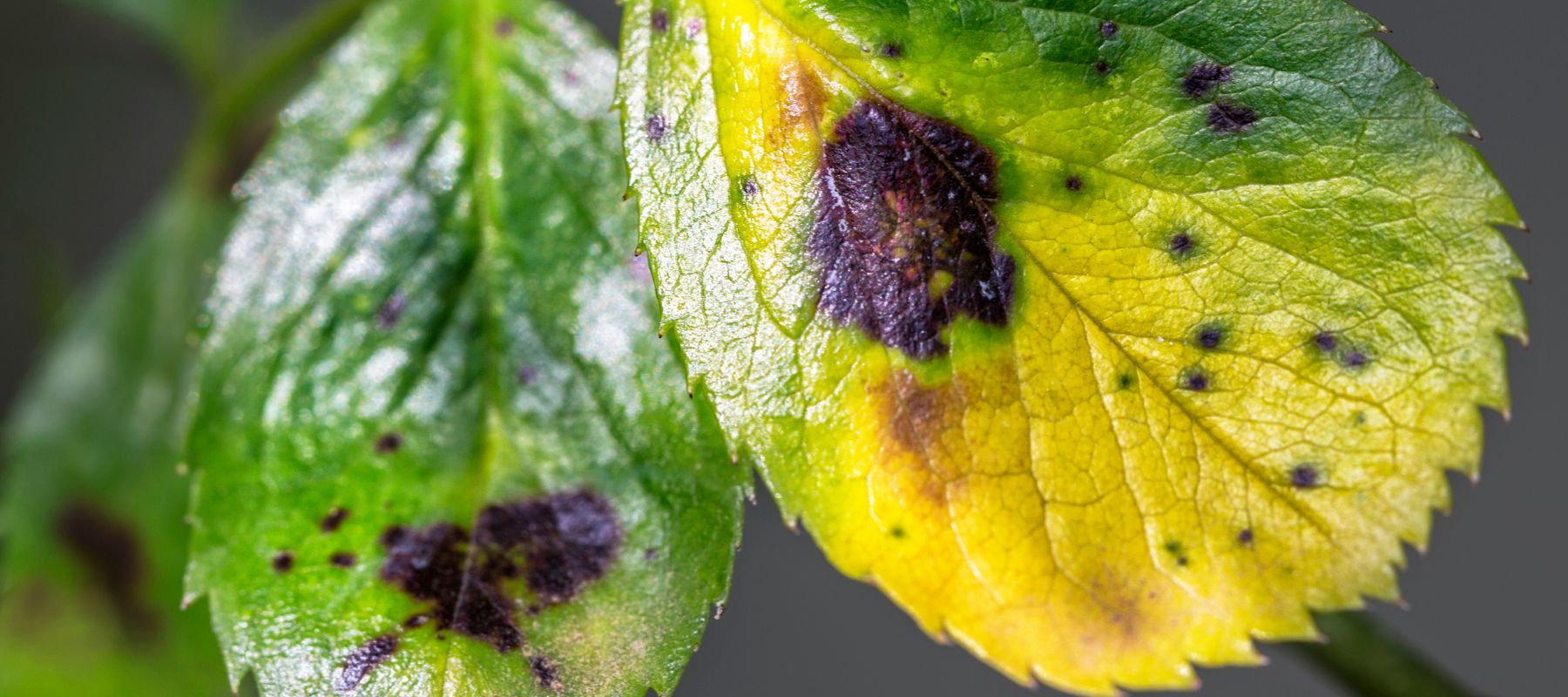
Lesson 4 - Plant diseases
Plant diseases are alterations to the growth and development of plants caused by microscopic, non-animal organisms. The main causes of plant disease are viruses and viroids, bacteria, and fungi. Plant disease can pass largely unnoticed or can cause severe or catastrophic crop losses. Historically plant diseases have caused major economic and/or human life losses. Two famous examples are late blight of potato, which lead to the Irish Famine of the mid 19th Century (students of this event will know that there were other factors at play here), and the introduction of grapevine powdery and downy mildews to Europe in the late 19th Century, which almost destroyed the wine grape industry globally.
Because there are so many plant disease organisms, so many different host plants, and so many different environments in which crops are grown, it is not possible to describe all the disease risks that you might encounter in your food growing journey. The notes below provide an overview but ultimately the best approach is to familiarize yourself with the crops that you grow or want to grow, and with the potential disease risks that they face (there may be none, but it’s worth checking). In many cases, particular combinations of plant, disease organism and environmental conditions will lead to a disease pressure makes it virtually impossible to grow that crop. Knowing when to quit is important. An example is downy mildew of grapevine which makes the cultivation of Vitis vinfera virtually impossible in coastal subtropical and tropical regions. Other grape species must be grown instead.
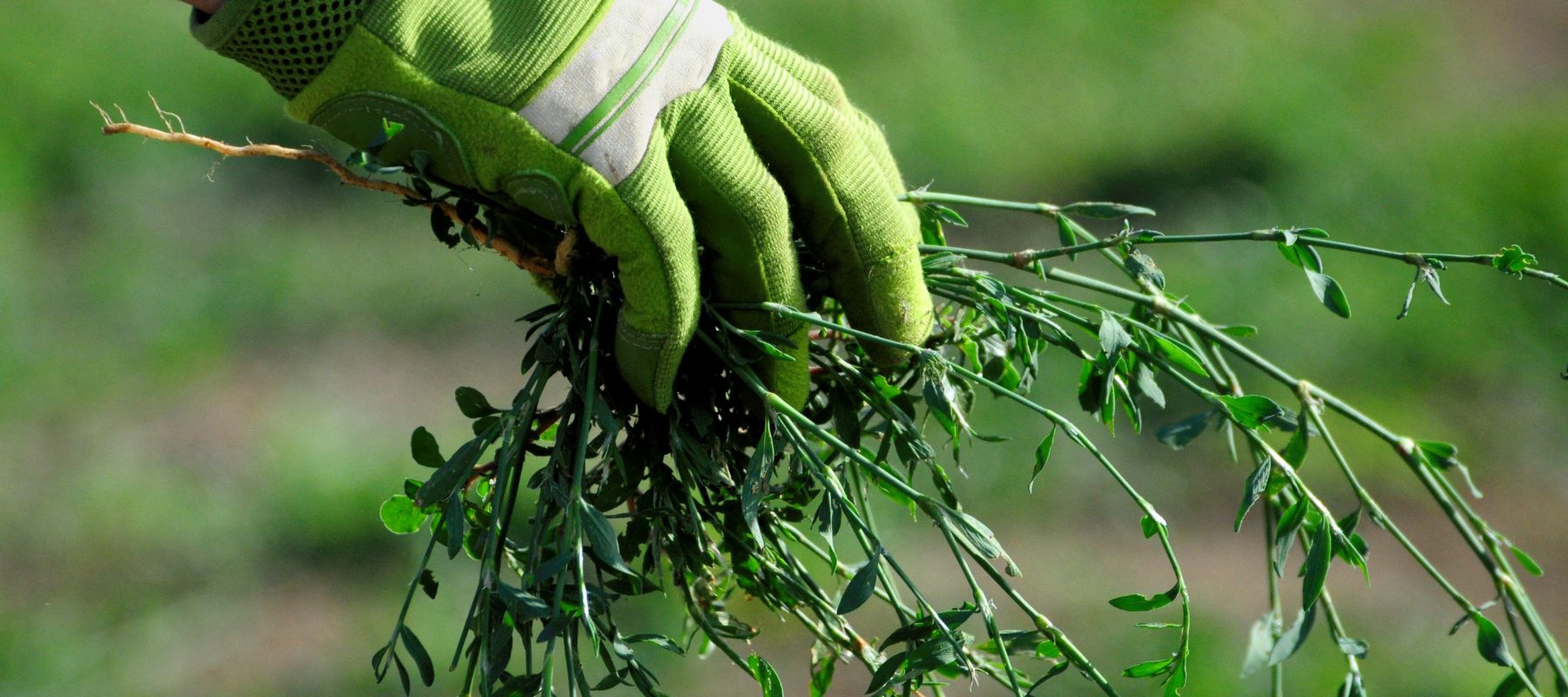
Lesson 5 - Weeds
We could spend a bit of time discussing what it is that makes a plant a weed but at the end of the day, a weed is a plant that you define as undesirable. The reasons for undesirability are various, but the main one is competition with the crop. Weed plants growing around your crop can compete for water, nutrients, and space. Uncontrolled weed growth can severely reduce productivity. Other potential issues with unwanted plants can be hosting of pest insects, or pest animals, or acting as alternative hosts of plant disease. While any plant can be a weed depending on circumstance, in crop production the same plants tend to turn up in weed lists. Weed species can be classified in various ways. They can be annuals or biennials, always regenerating from seed, or perennials, often with underground reproductive organs like bulbs or corms, rhizomes, or stolons. Approaches to control may vary depending on the type of plant causing your weed problem.
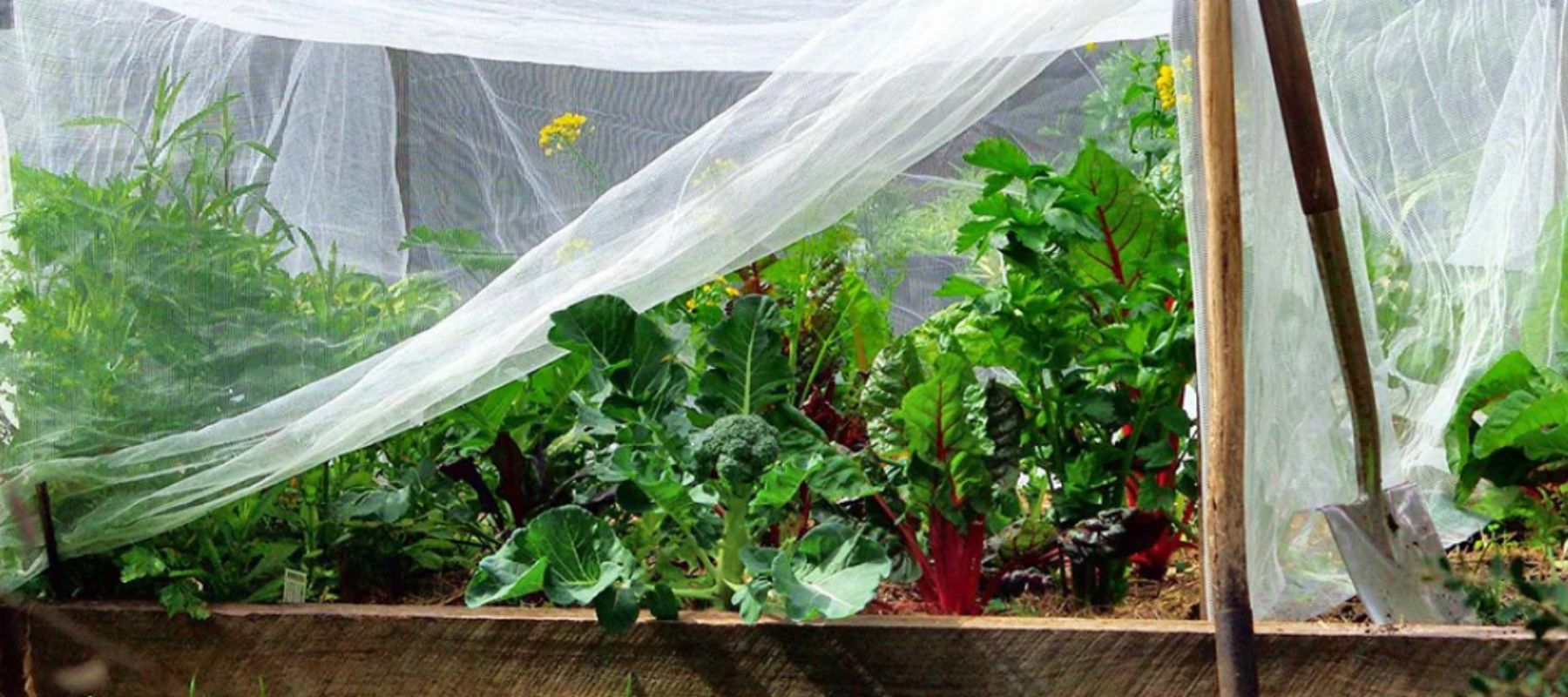
Lesson 6 - Integrated Pest Management (IPM)
Control of pest animals, plant diseases, and weeds has been part of crop production ever since humans became farmers. For much of that time the techniques available would have been based on labour (this is especially true of weed control) and the potential for crop losses and subsequent food shortages must have been severe. While there is evidence of chemicals being used in crop protection for a long time (e.g. use of pyrethrum for insect control in Persia 2,500 years ago), over the last few centuries, the use of chemicals to assist with pest and disease management has become more much more important.
Quiz - Summing up plant health
Well done you have completed Module 7. You are well on your way to be a food growing gardener. We hope that this little quiz will help you formalise your learning so far. You know the drill - we don't keep the results.
In this module we covered the start of all good plant health which is healthy soil. This is something that no doubt you will have read a number of times throughout this course. We also covered environmental factors, choosing food plants that suit the climate and therefore thrive. We discussed pests and what you might encounter in your garden and how to protect your food plants. We discussed diseases and how to recognise them and we also talked about weeds. Now let's test what you have retained.